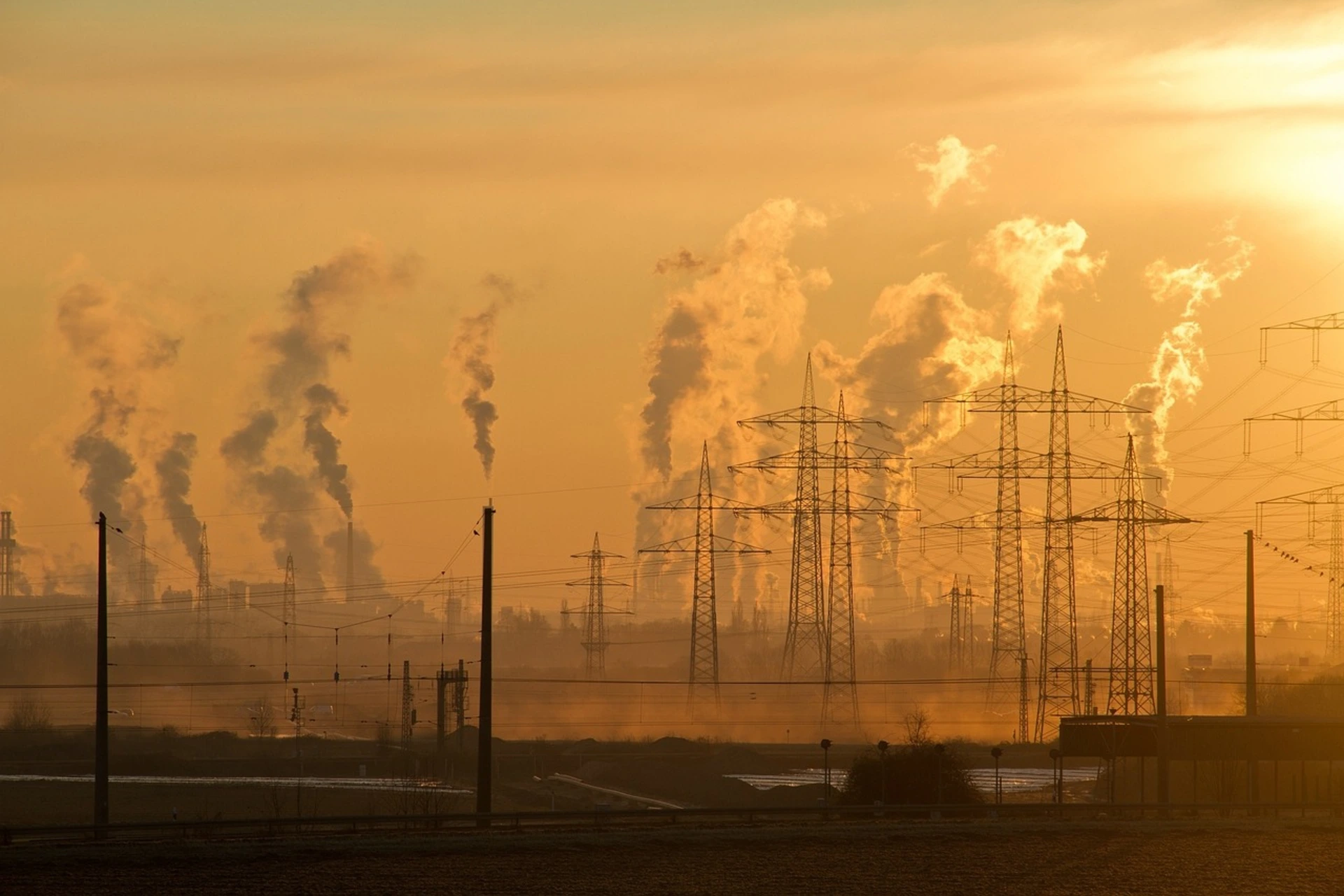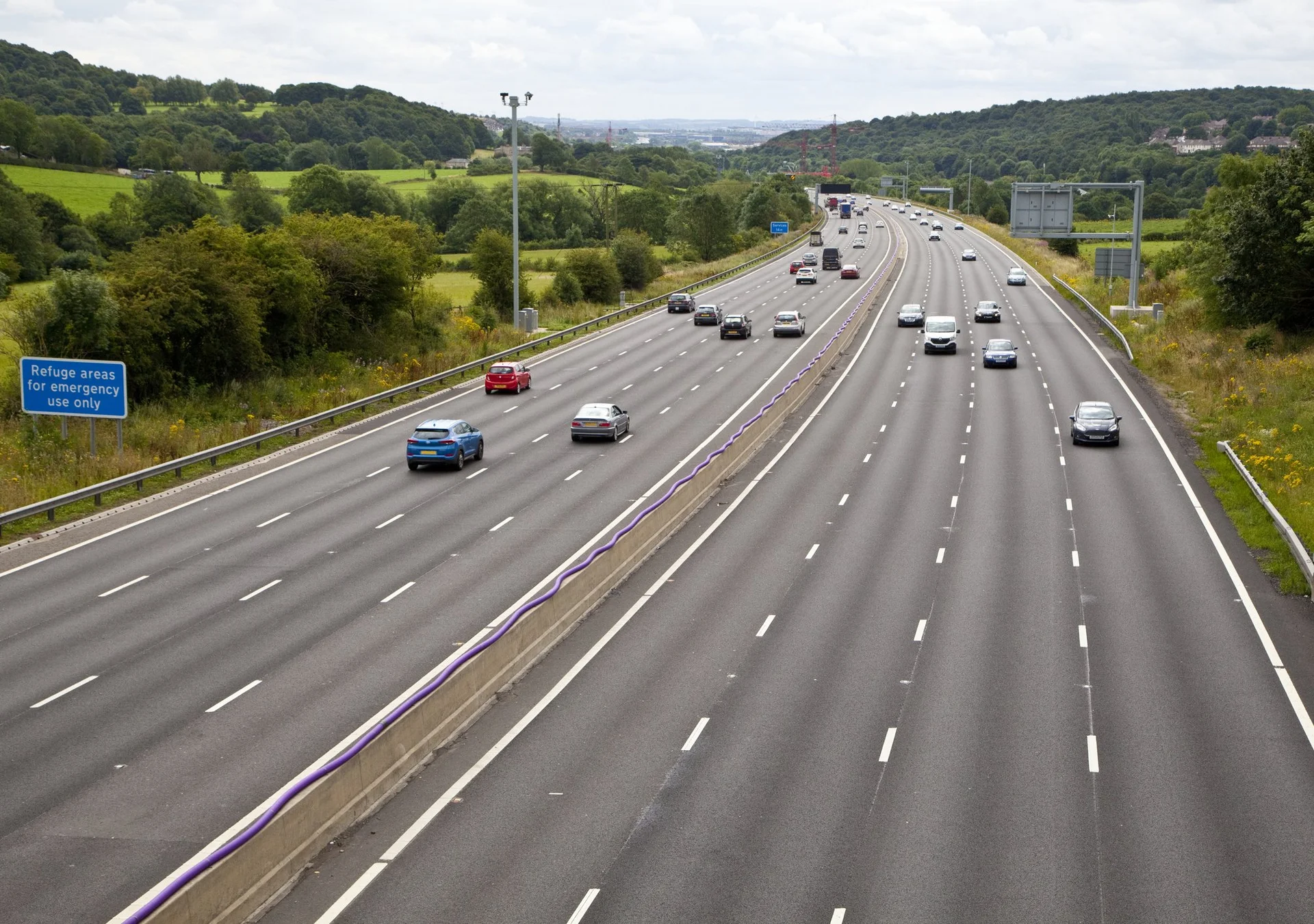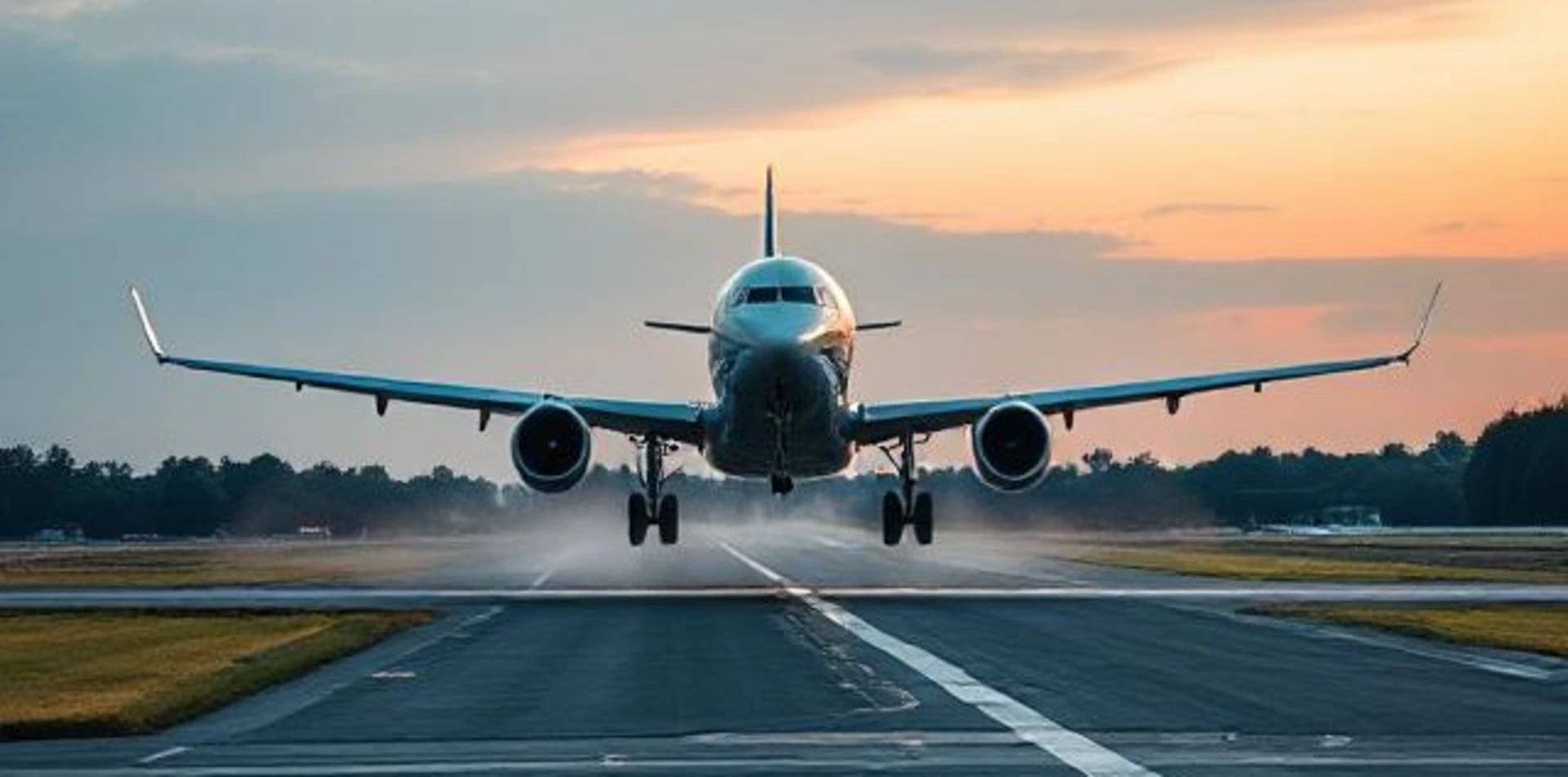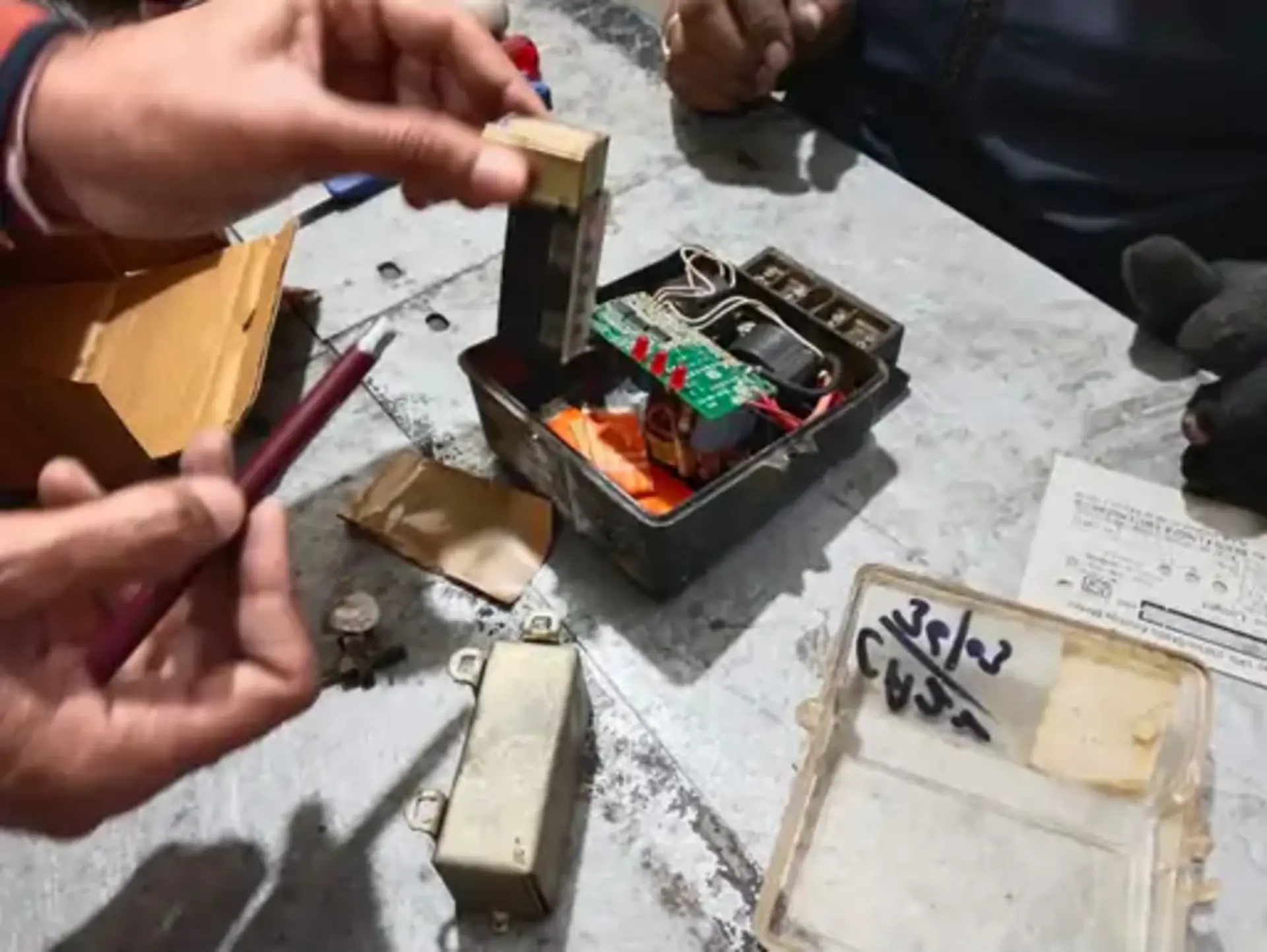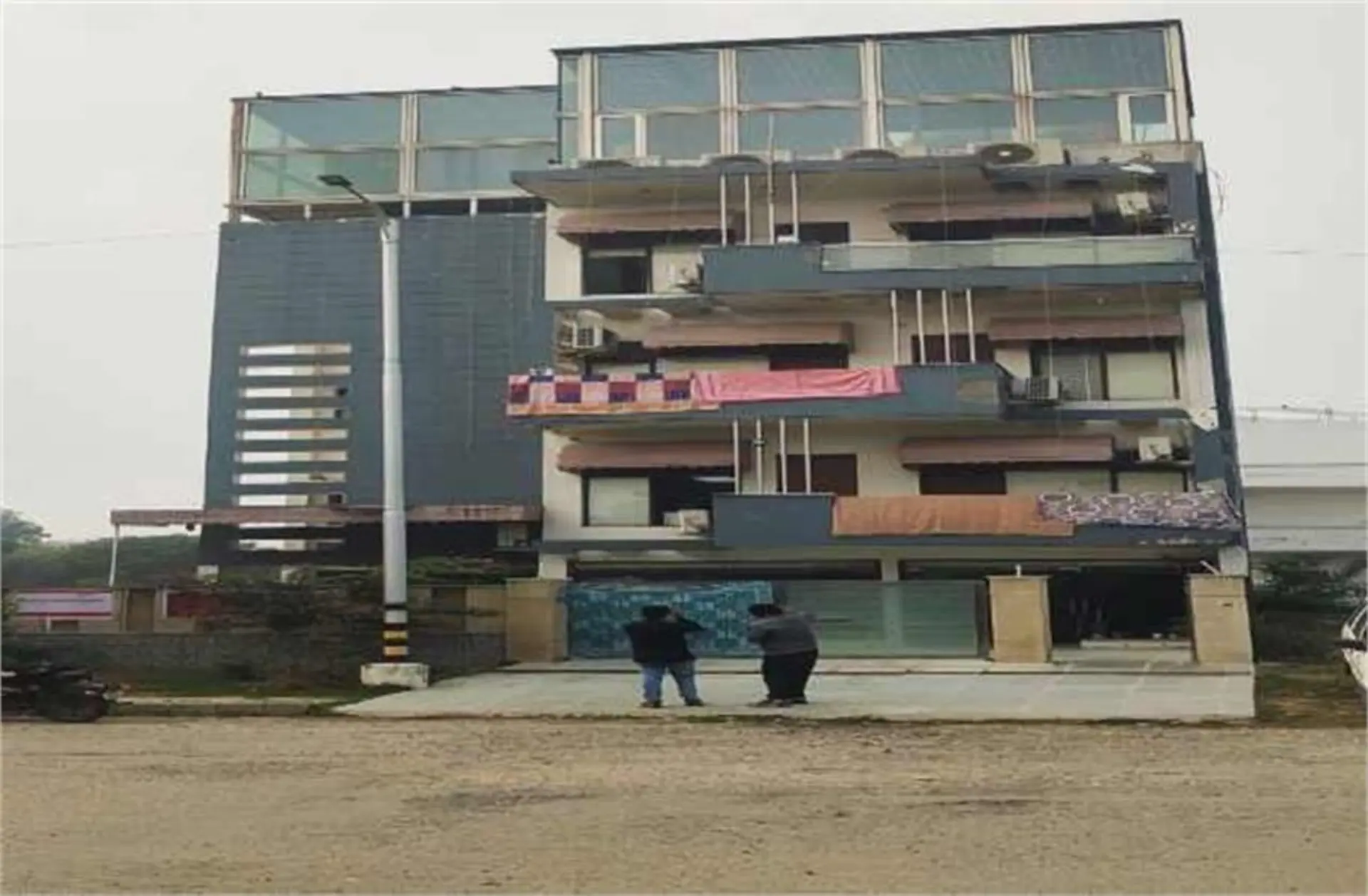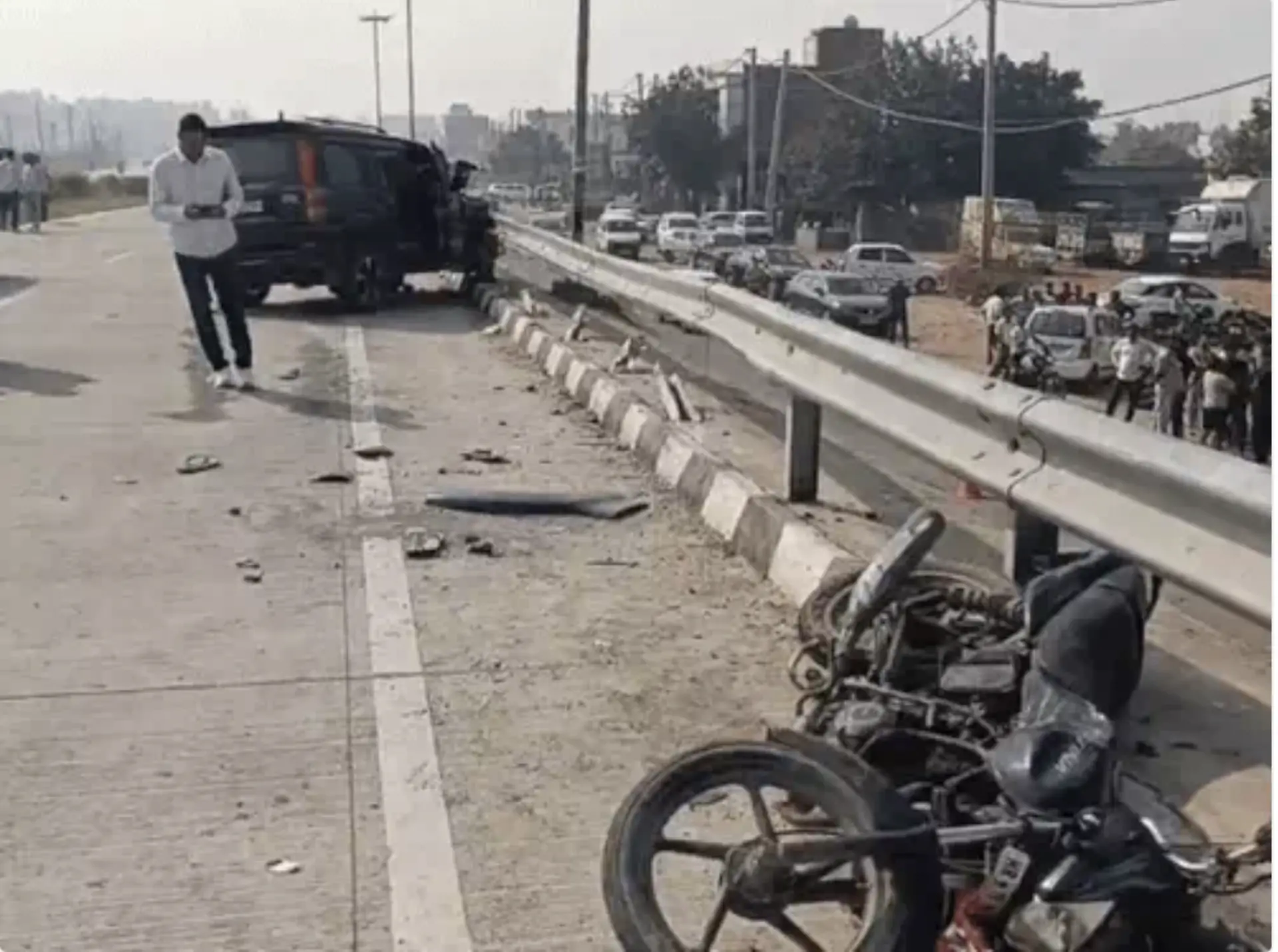
The Haryana Story brings you alarming news about the air we breathe. A new study has revealed that the air quality in Haryana is much worse than we thought. Out of 24 cities in our state, 15 are among the 100 most polluted cities in all of India. This is based on the levels of tiny, harmful particles called PM2.5 in the air during the first half of 2024.
Understanding the Numbers
To understand how bad the situation is, we need to know some important numbers. In India, the safe limit for PM2.5 in the air is 40 micrograms per cubic meter. But the World Health Organization (WHO) says it should be much lower - only 5 micrograms per cubic meter.
The study found that only three cities in Haryana - Palwal, Ambala, and Mandikhera - managed to stay below India's limit. But here's the scary part: not a single city in Haryana met the WHO's stricter guidelines.
Faridabad: The Most Polluted City
Faridabad came out as the most polluted city in Haryana. Its average PM2.5 level was 103 micrograms per cubic meter - more than twice India's limit and a shocking 20 times higher than what the WHO recommends!
When it comes to larger particles called PM10, Gurugram had the highest levels at 227 micrograms per cubic meter. Even Ambala, which had the lowest PM10 levels in Haryana, was still far above safe limits.
The Need for Urgent Action
Manoj Kumar, an expert from the Centre for Research on Energy and Clean Air (CREA), says this situation shows that India's current air quality standards aren't good enough to protect our health. He believes these standards need to be changed to match what experts around the world recommend.
Right now, only Faridabad is part of India's National Clean Air Programme (NCAP). This program aims to reduce air pollution in cities that have had bad air quality for years. But many other cities in Haryana with serious pollution problems don't have any plans to fix the issue.
A New Approach: Thinking Beyond Borders
Experts say we need to think differently about how we tackle air pollution. They suggest using something called an "airshed approach." This means looking at larger areas where air moves around, instead of just focusing on individual cities. After all, air pollution doesn't stop at city or state borders!
CREA recommends that the National Clean Air Programme should be updated. They want to see better teamwork between states, cities, and different government departments. This would help manage air quality more effectively in the long run.
What's Next for Haryana?
As concerned citizens of Haryana, we need to pay attention to this issue. Clean air is essential for our health and the well-being of future generations. The Haryana Story will continue to follow this important topic and keep you informed about any new developments or actions taken to improve our air quality.
Remember, awareness is the first step towards change. By understanding the problem, we can all work together to push for better policies and practices that will help clear the air in our beloved state.



